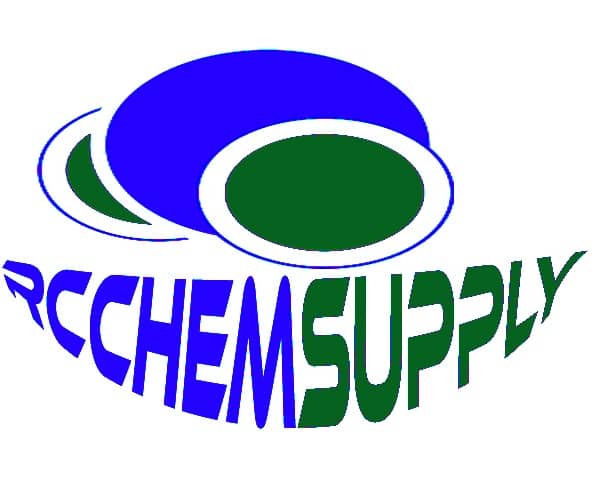What is a Psychedelic Drug? : The Best Facts You Need To Know Today .
“Psychedelic” drugs alter awareness, feeling, and perception. They are commonly used in healing or spiritual settings. “Psychedelic” drugs alter awareness, feeling, and perception. Buy USA 5-MeO-DMT online. Psychedelics affect how the brain processes information in order to work. Changes in awareness, perception, and emotion may result from this.
Furthermore, hallucinations and mental and emotional shifts can be brought on by psychedelics. But, when utilized improperly, they might be dangerous. Some people use them for spiritual or religious purposes. Others may be trying to treat an ailment or mental illness. Yet others might just want to explore their minds. Whatever your reason, Buy 5-MeO-DMT USA, meo DMT retreats can help you achieve what you’re looking for. Here, are some of the best meo DMT retreats in the USA that offers affordable and safe meo DMT retreat packages for those interested in taking psychedelics or Dissociative for any purpose .
. I will also discuss some of the ways that a retreat can help heal old wounds and other issues. Buy the 5-MeO-DMT USA from Rcchemsupply.net
What is a Psychedelic Drug?
HHallucinogens sometimes referred to as psychedelic drugs, have a lengthy and intricate history that crosses numerous civilizations and traditions.
. Scientists are attempting to better understand the mechanisms underlying these compounds and how they might be safely and effectively incorporated into contemporary medicine as a study on the topic expands. But it’s crucial to remember that using psychedelic drugs is still debatable because they can have negative side effects and have quite varying legal standings in different countries.
- LSD (lysergic acid diethylamide)
- Psilocybin (found in “magic mushrooms”)
- DMT (dimethyltryptamine)
- Mescaline (found in peyote cactus)
- Ayahuasca (a brew containing DMT)
Why Do People Use Psychedelics?
There is a difference between the type of drug (mescaline vs. LSD) and the individual use. Some individuals are very curious to see what it’s like to experience something that’s out of this world. Others, who may be suffering with physical pain or mental anguish, will use psychedelics in hopes of getting a breakthrough in treating their ailments. Why 5-Methoxy-N, N-dimethyltryptamine? As with all psychedelics, what distinguishes 5-MeO-DMT from the other tryptamine is the way it interacts with the brain’s serotonin receptors. A better understanding of the 5-MeO-DMT brain mechanism may be of great benefit to researchers and clinicians. 5-Meo-DMT’s chemical structure
How do psychedelic drugs work?
Psychedelic drugs work by affecting the brain’s serotonin receptors. Psychedelic drugs can also affect the default mode network (DMN) in the brain. The DMN is a network of brain regions that are active when a person is not focused on the outside world. When a person takes a psychedelic drug, the DMN becomes less active, leading to changes in consciousness.
Psychedelic drugs mechanism of action: Some types of psychedelic drugs
They cause the person to see, feel, and hear things that aren’t there. Psychedelics are divided into three categories:
- classic psychedelics,
- dissociative psychedelics, and
- deliriants.
Dissociative psychedelics include PCP and ketamine. Deliriants include datura and atropine. Psychedelics are used for both recreation and spiritual purposes.
Psychedelic drug chronic pain.
Psychedelics can be dangerous if taken without proper guidance.
Who invented psychedelic drugs?
Are psychedelic drugs safe?
Psychedelic drugs can have potential risks and side effects, including:
- Psychological distress or “bad trips”
- Flashbacks or persistent changes in perception
- Accidents or injuries due to impaired judgment and coordination
- Psychotic episodes in individuals with a history of mental illness
What Is 5-MeO-DMT?
5-MeO-DMT is a short-acting hallucinogen that induces visual imagery. It’s pretty common for people to take less Buy 5-MeO-DMT USA than they intend because the effects can be stronger than expected.
5-MeO-DMT retreats
An overdose of 8500 mg can cause death. 5-Meo-DMT’s effects can include the body relaxing and drifting off to a state of dreamlike security. It also induces feelings of euphoria and empathy. 5-MeO-DMT’s actions are similar to that of 5-MeO-DiPT, with which it is often confused with 2f ketamine. This molecule lacks the DMT phenethylamine core. It can be synthesized by the user of 5-MeO-DMT to obtain a slight 5-MeO-DMT ‘enhancer.’ Taken in small doses, 5-MeO-DMT can produce subtle euphoria and feelings of connectedness. NEP
How Does 5-MeO-DMT Work?
Additionally, the brain makes 5-HT receptors, which bind to serotonin. 5-MeO-DMT lessens anxiety and terror because it blocks 5-HT receptors. The 5-HT2A receptor is likewise activated by 5-Meo-DMT. Feelings of empathy and intimacy with others may result from this. A sense of fulfillment and kinship with everyone and everything around you may result from this influence. Some people are so affected by this sensation that they feel uncontrollably happy and in love with everything. Moreover, its bioactivity makes it easily ingestible in capsule or solution form.
. Buy 5-MeO-DMT USA
How does psychedelic drugs affect the brain?
Conclusion
Tryptamines and other psychedelics like LSD and 5-MeO-DMT significant interaction experiences.
Some people use psychedelics to relieve physical pain or find meaning in their lives. LSD and other psychedelics may play a role in many cultures’ religious, mystical, or spiritual practices. This study revealed that the mechanisms by which LSD enhances religious experiences also apply to 5-MeO-DMT. This demonstrates the importance of psychedelic research. research chemicals kopen ervaring



Pingback: New Psychoactive Substances 2021 | Psychoactive substances list
Pingback: Ephedrine Powder for Sale UK | What is Ephedrine Powder?|rcchemsupply